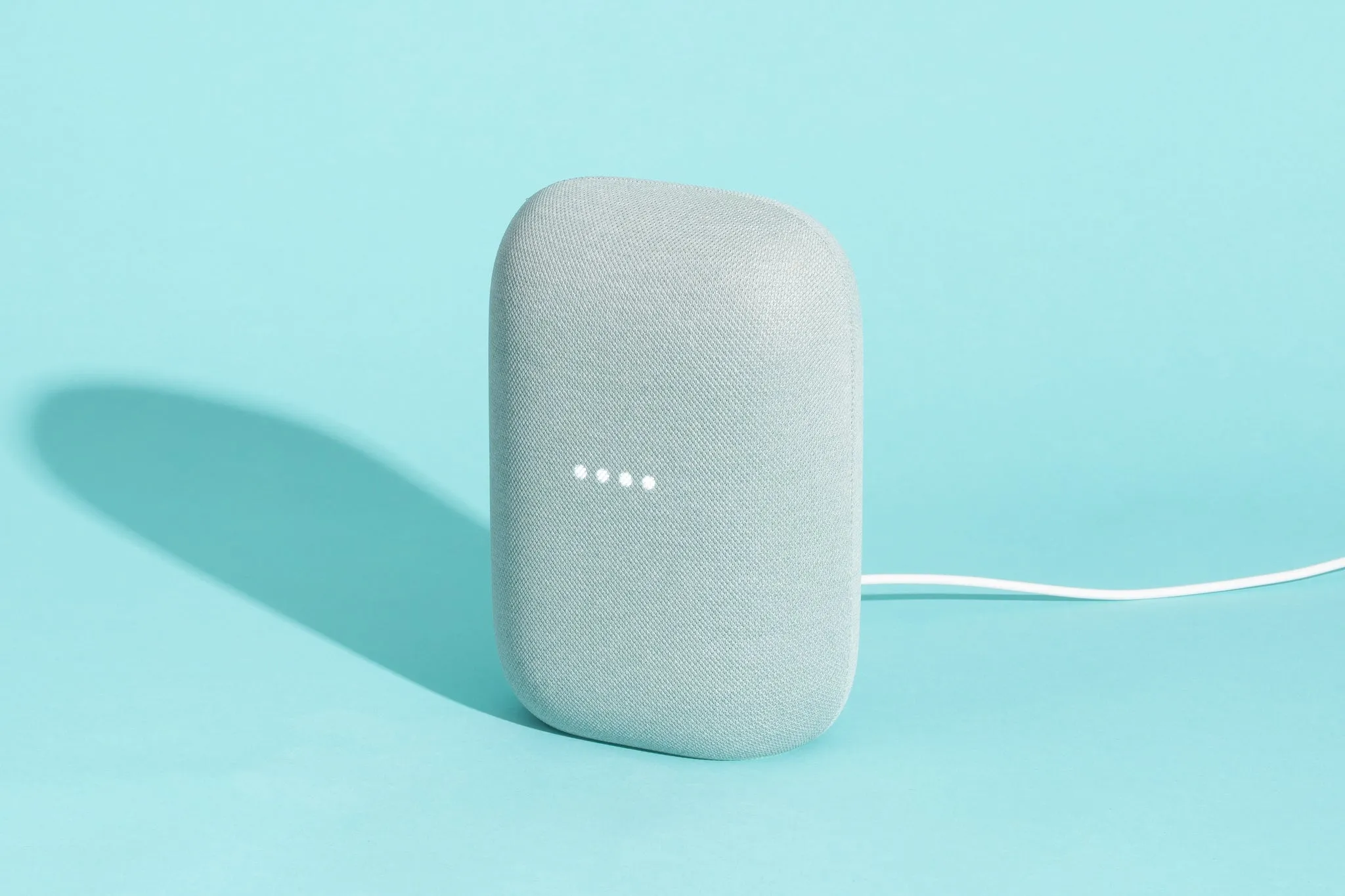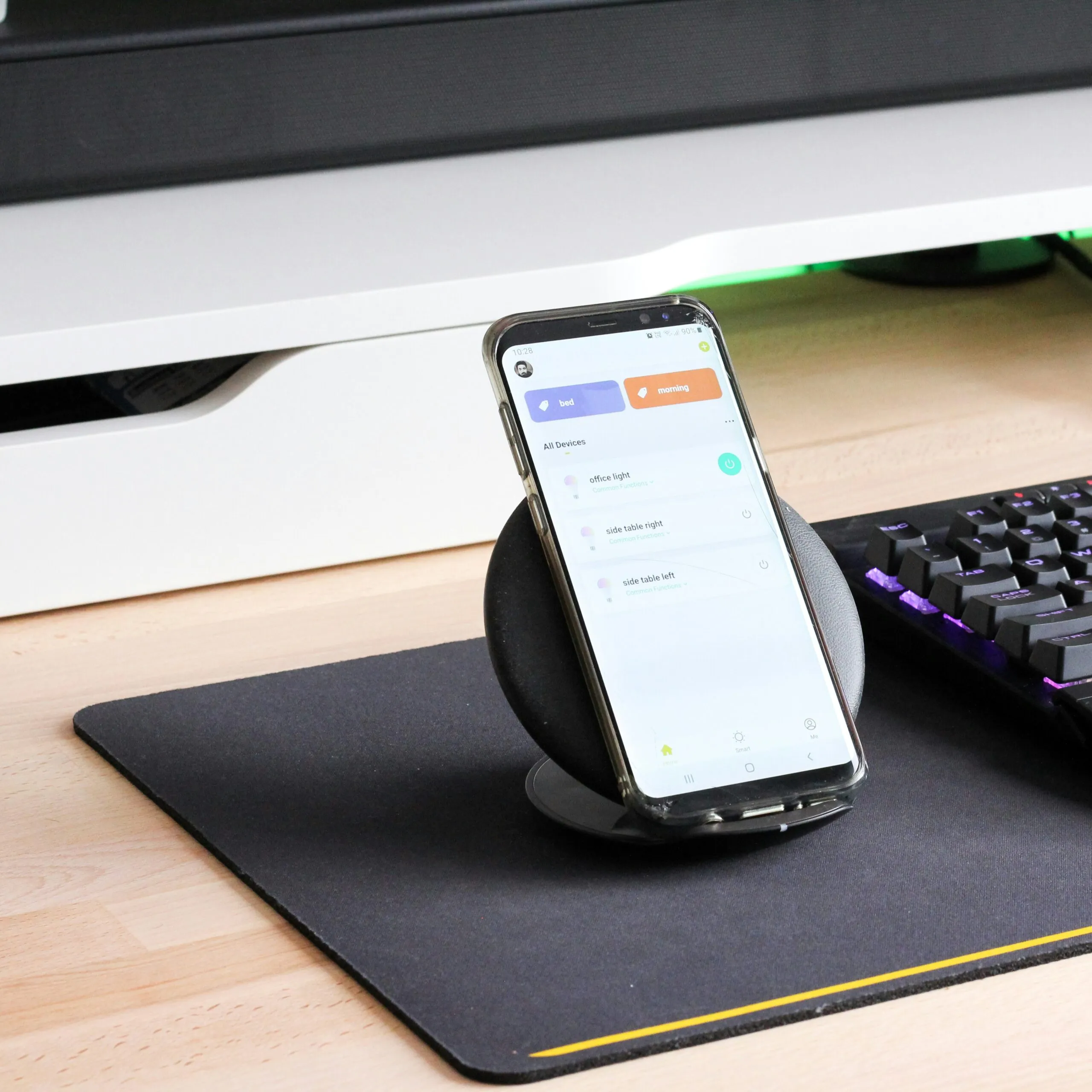
Understanding Smart Lighting
Smart lighting refers to the advanced lighting systems that leverage technology to provide enhanced control and convenience. These lighting solutions are designed to integrate seamlessly with home automation systems, allowing users to control their lights from anywhere, at any time. At the core of smart lighting are smart bulbs and fixtures, which are equipped with built-in sensors and wireless communication capabilities. This ensures they can connect to various home networks, enabling features like remote operation, scheduling, and personalized settings.
To enable these functionalities, smart lighting utilizes different communication technologies. Wi-Fi is commonly employed, as it allows bulbs to link directly with home routers, facilitating easy setup and control through a smartphone app or voice assistant. Alternatives like Zigbee and Z-Wave are often preferred for their energy efficiency and reliability in creating a mesh network. These technologies allow multiple devices to communicate effortlessly within a close range, reducing the need for constant Wi-Fi connection and enhancing stability.
The benefits of incorporating smart lighting into a home extend beyond mere convenience. Energy efficiency is a significant advantage, as smart bulbs typically utilize LED technology, which can reduce energy consumption significantly compared to traditional incandescent bulbs. Furthermore, many smart lighting systems offer features such as dimming and automated scheduling, allowing homeowners to optimize their usage according to their daily routines, thus saving on electricity bills.
Additionally, smart lighting contributes to improved home security. Users can program lights to simulate occupancy when away from home, deterring potential intruders. The ability to control lighting remotely offers peace of mind, allowing homeowners to ensure their property appears active, even when they are not present. These features ultimately highlight the transformative potential of smart lighting in modern living spaces.
Top Smart Lighting Solutions Compatible with Alexa
As the demand for automated home solutions continues to rise, smart lighting compatible with Amazon Alexa has become an essential component in modern households. Here is a curated list of some of the best options available in various categories, including smart bulbs, smart LED strips, and smart light switches. Each product offers distinct features that enhance your home lighting experience while providing seamless integration with Alexa.
First, let’s explore smart bulbs. The Philips Hue White and Color Ambiance Bulb stands out for its versatility and vast color options. This smart bulb can be controlled via voice commands, allowing users to adjust brightness and change colors with ease. Additionally, the integration with Alexa enables routines, giving you the ability to schedule your lighting based on your daily activities.
Next, we look at smart LED strips. The Wyze Light Strip is notable for its affordability and user-friendly setup. It offers customizable colors and brightness settings, making it a great choice for accent lighting. Users appreciate how this product complements their home décor, and the Alexa compatibility allows for hands-free lighting control, making it a favorite among many consumers.
For those seeking control over their existing fixtures, smart light switches are an excellent option. The Lutron Caseta Wireless Smart Lighting Dimmer Switch has received praise for its reliability and ease of installation. Users can manage their lights with a simple voice command through Alexa, and the ability to create customizable scenes adds an extra layer of functionality to home lighting systems.
In summary, the integration of smart lighting solutions with Amazon Alexa enhances both convenience and ambiance in your home. By exploring these options—smart bulbs, LED strips, and light switches—you can find the perfect solutions to illuminate your living space effectively.
Setting Up Your Smart Lighting with Alexa
Setting up your smart lighting system to work with Alexa can transform your home into a convenient, automated space. To begin, ensure you have a compatible smart lighting device, such as smart bulbs or fixtures, typically found in various home improvement or electronics stores. The first step involves downloading the Alexa app on your smartphone if you haven’t done so already. Once installed, create an Amazon account or log in to your existing account.
Next, follow these streamlined instructions to connect your smart lighting system. Begin by turning on the smart light and ensure it is in pairing mode, which is usually indicated by a blinking light. Open the Alexa app and tap on the “Devices” icon located at the bottom of the screen. Then, click the “+” icon in the top right corner, followed by “Add Device.” Here, select your type of smart lighting device and then follow the onscreen instructions to connect it to your Wi-Fi network.
After successfully linking your device, you can enhance your Alexa experience by creating personalized routines. To do this, navigate back to the “Devices” tab, select your new smart lighting system, and tap on “Routines.” From there, you can set schedules for when lights should turn on or off and link them to specific voice commands. For example, instruct Alexa to “turn on the living room lights” or “dim the bedroom lights,” allowing for seamless control of your home lighting.
If you encounter issues during the setup, troubleshooting is critical. Ensure that your smart lighting device is plugged in and powered on. Additionally, check that your Wi-Fi connection is stable and that the smart light is compatible with Alexa. Restarting the device or the Wi-Fi router can also help to resolve connectivity problems. With these steps, you can enjoy a fully integrated smart lighting experience, optimizing your home’s ambiance through intelligent voice control.
The Future of Smart Lighting and Alexa Integration
The future of smart lighting technology is poised for significant advancements, particularly concerning its integration with platforms like Alexa. As artificial intelligence continues to evolve, we can expect increasingly sophisticated lighting solutions that not only respond to user commands but also anticipate them based on behavioral patterns. With the integration of machine learning algorithms, smart lighting systems can learn from user habits and preferences, fine-tuning brightness levels and color temperatures to create personalized lighting experiences.
Moreover, the synergy between smart lighting and other smart home devices is set to enhance the overall functionality and convenience of home automation. As ecosystems become more interconnected, we anticipate a seamless interaction between smart lighting systems and devices such as thermostats, security cameras, and entertainment systems. For instance, turning on the lights could trigger the thermostat to adjust, creating an energy-efficient environment that aligns with the user’s lifestyle. This level of integration will not only improve user experience but also contribute to a more cohesive smart home ecosystem.
In terms of sustainability, innovations in smart lighting will likely prioritize energy efficiency. Emerging technologies, such as LED advancements and smarter dimming options, aim to reduce energy consumption without compromising on the quality of light. With the growing emphasis on sustainability, consumers may increasingly seek out solutions that not only enhance their home environments but also contribute to reducing their carbon footprint. Embracing smart lighting solutions that are compatible with Alexa can lead to significant energy savings, furthering the case for adopting these technologies.
As we look ahead, it is clear that the intersection of smart lighting and Alexa integration holds considerable potential for transforming home environments. By adopting these advanced technologies, consumers can enjoy enhanced comfort, improved energy efficiency, and a sustainable approach to modern living.

